On 20 October 2025, the EU Strategy for the Danube Region (EUSDR) Priority Area 5 on Environmental Risks (PA5) held its third consultation meeting with non-EU and EU accession countries, hosted in Podgorica, Montenegro.
The event, organized with the support of DG REGIO and the Danube Strategy Point (DSP), marked another important step in strengthening cooperation between EU and non-EU partners on disaster risk management, water governance, and climate adaptation. The meeting gathered representatives from national ministries, the Water Administration of Montenegro, and youth representatives from the Danube Youth Council (DYC).
National Coordination and Institutional Engagement
The meeting was officially opened by Mr. László Balatonyi, representing the Hungarian Priority Area Coordination of Environmental Risks (PA5) under the Ministry of Foreign Affairs and Trade of Hungary, followed by the Ministry of European Affairs of Montenegro (Tijana Đoković Vlahović).
The Ministry of the Interior of Montenegro (Radomir Scepanovic) delivered a presentation highlighting the country’s strong commitment to regional cooperation and EU integration. It emphasized that aligning national strategies with EU standards—particularly in disaster resilience and water management—remains a key national priority.
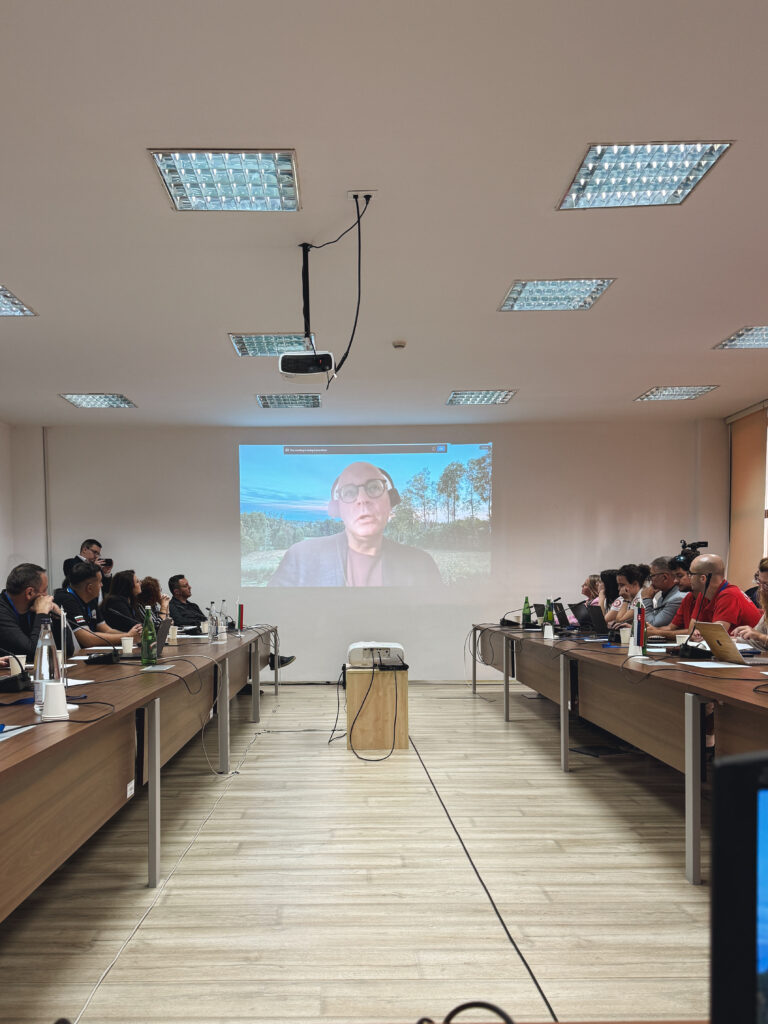
In his address, Mr. Johan Magnusson from DG REGIO welcomed participants on behalf of the European Commission and reaffirmed the EU’s continued support for engaging accession countries in the implementation of the Danube Region Strategy.
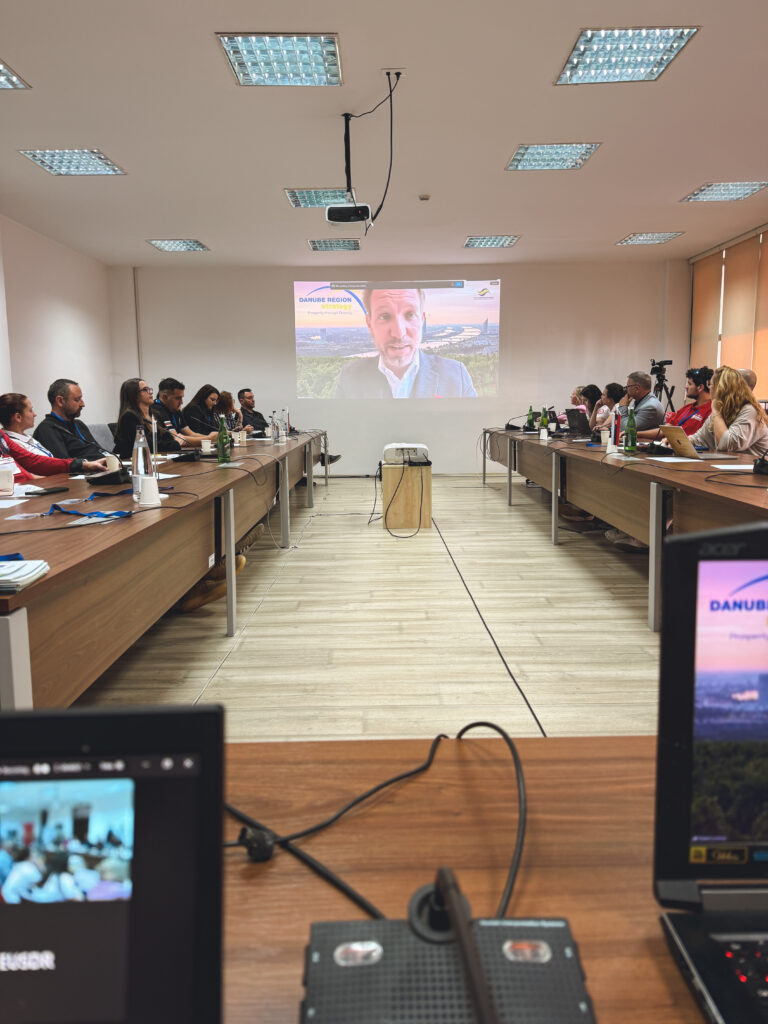
Opening remarks also included interventions by Mr. Robert Lichtner and Ms. Cristina Cuc from the Danube Strategy Point (DSP), who presented the broader macro-regional context and opportunities for cooperation, as well as Mr. Balatonyi, who outlined the objectives of the consultation series.
National Highlights and Key Frameworks
Presentations from Montenegrin institutions highlighted the country’s comprehensive and evolving approach to disaster risk reduction and water management.
The Ministry of the Interior presented the newly adopted Strategy for Disaster Risk Reduction 2025–2030, focusing on prevention, preparedness, and societal resilience. The Strategy promotes gender responsiveness, supports vulnerable groups, and strengthens coordination across local and national levels in line with the Union Disaster Resilience Goals. The Ministry’s Operational Communication Centre 112 was showcased as a key pillar of Montenegro’s early-warning and emergency coordination system.
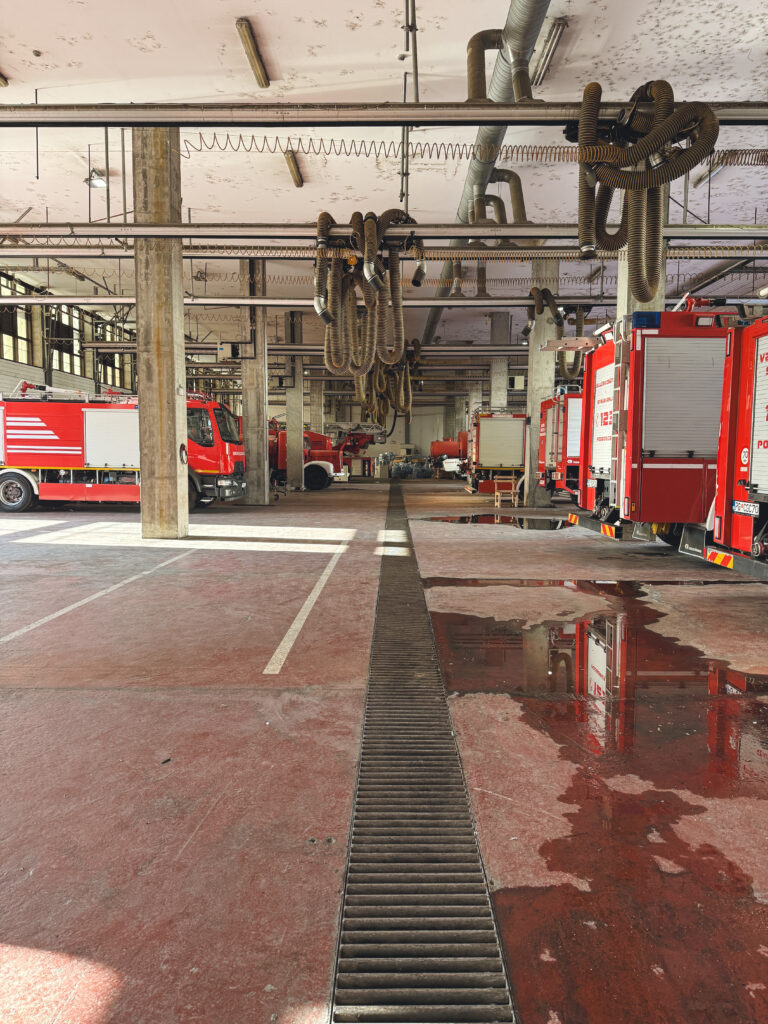
The Water Administration of Montenegro provided an overview of progress in integrated water and flood risk management, emphasizing compliance with the EU Water Framework Directive (WFD) and the EU Floods Directive (FD). Montenegro has completed River Basin Management Plans (RBMPs) for both the Danube and Adriatic basins, identified 25 Areas of Potential Significant Flood Risk (APSFRs), and finalized flood hazard and risk maps. The first Flood Risk Management Plans (FRMPs) are expected to be adopted by the end of 2025.
Although Montenegro is one of Europe’s most water-rich countries, the presentation noted ongoing challenges such as uneven spatial water distribution, ageing flood protection infrastructure, and limited financial and technical resources. Strengthening the Water Information System (VIS), expanding monitoring capacities, and promoting nature-based and ecosystem-based solutions were identified as key future priorities.
Regional Cooperation, Youth Engagement, and Synergies
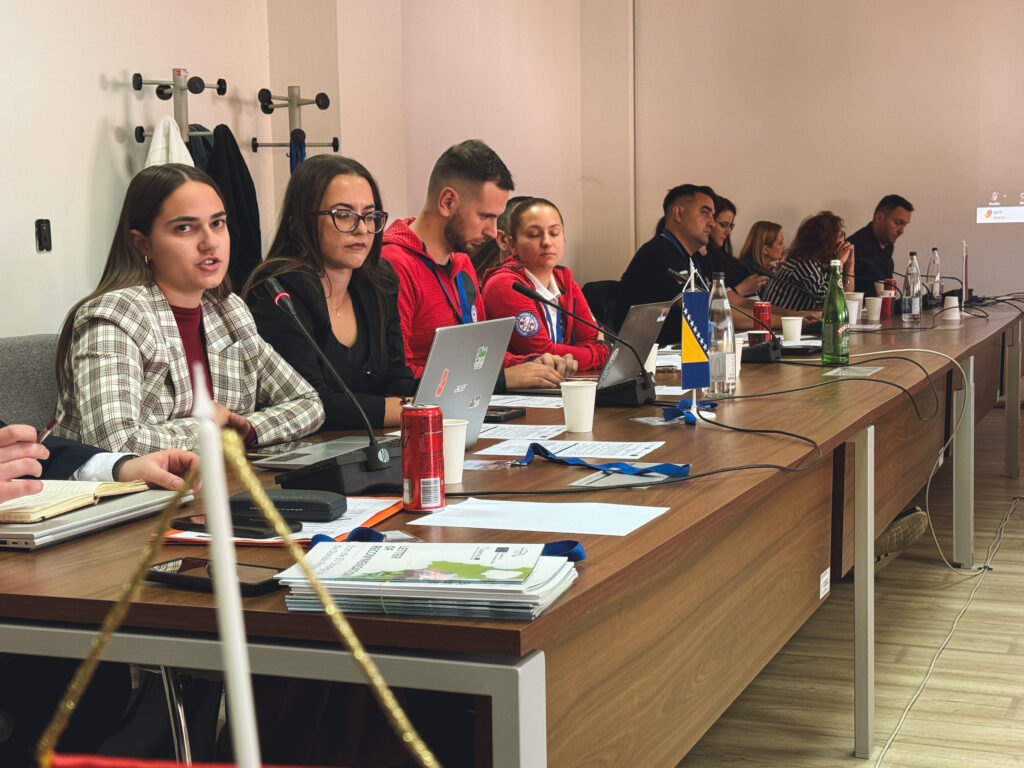
The event also featured two local Danube Youth Council (DYC) members — Dejana Petranović and Biljana Popović — who presented youth perspectives under the theme “Youth Engagement for a Sustainable Future.” Their active participation highlighted the importance of youth involvement and intergenerational dialogue in implementing macro-regional strategies.
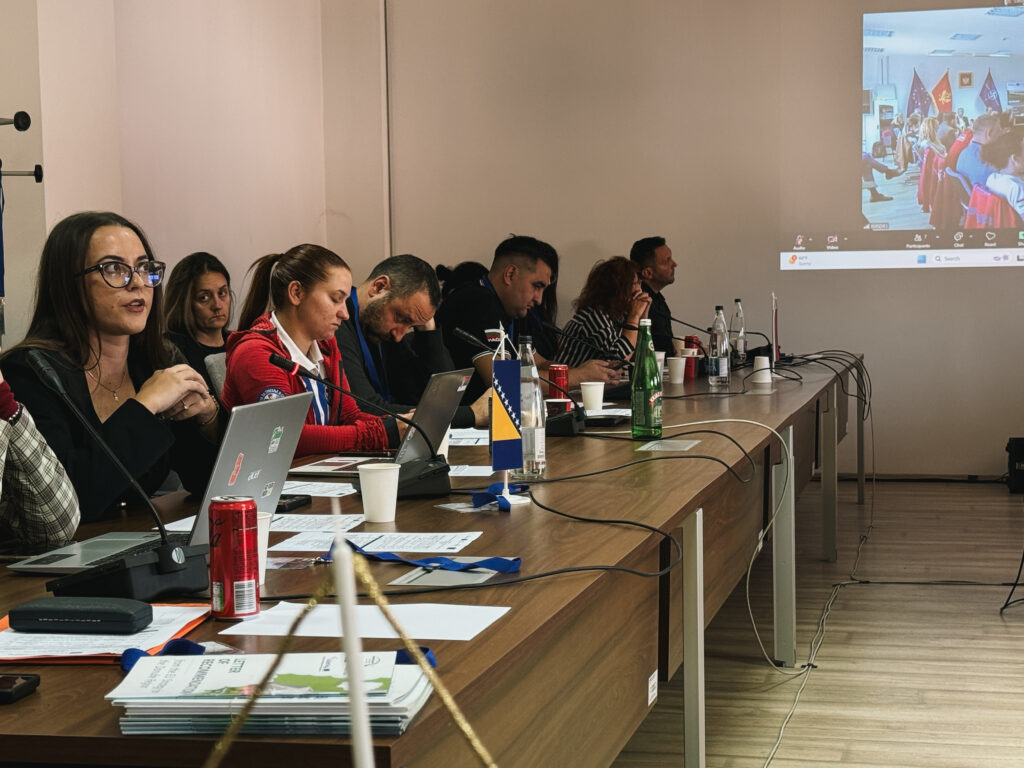
Interactive World Café sessions invited participants to exchange experiences on flood forecasting, drought management, disaster response coordination, and public awareness. Discussions focused on practical cooperation mechanisms, capacity development, and future project ideas supporting EU integration and resilience building across the Danube Region.
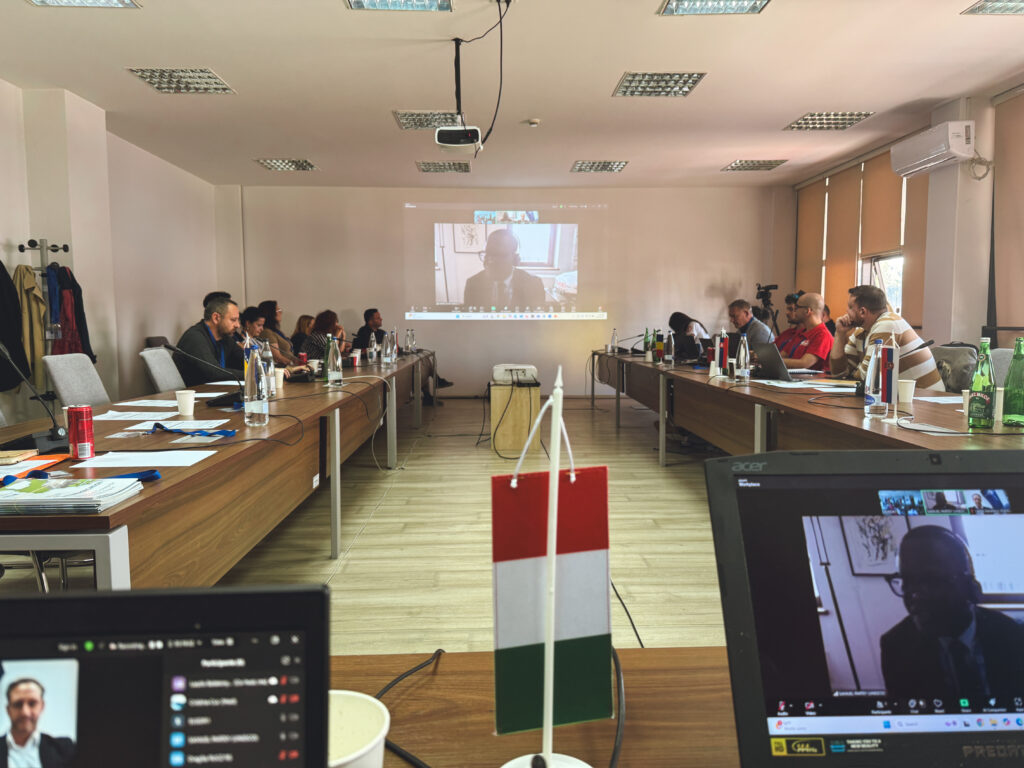
The UNESCO Regional Bureau for Science and Culture in Europe (Venice Office) also took part in the discussions, highlighting opportunities to create synergies between the Danube Region and other UNESCO-led initiatives on water and disaster risk management. The Venice Office announced plans for future visits and cooperation opportunities to strengthen science-based collaboration and institutional linkages in the wider South-Eastern European region.
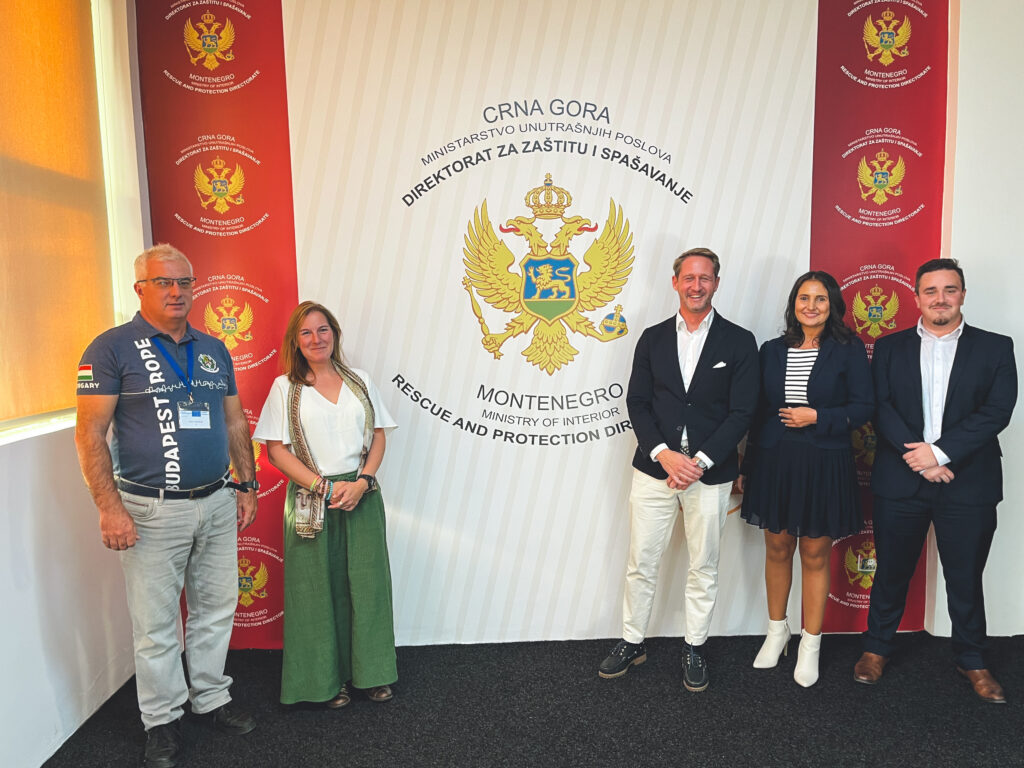
This consultation forms part of a series of five visits under EUSDR PA5 to EU accession countries, following previous rounds in Serbia and Bosnia and Herzegovina. The initiative continues to serve as a platform for dialogue, knowledge sharing, and partnership between EU and non-EU Danube countries.
A detailed summary of the presentations and key outcomes will be published soon.

